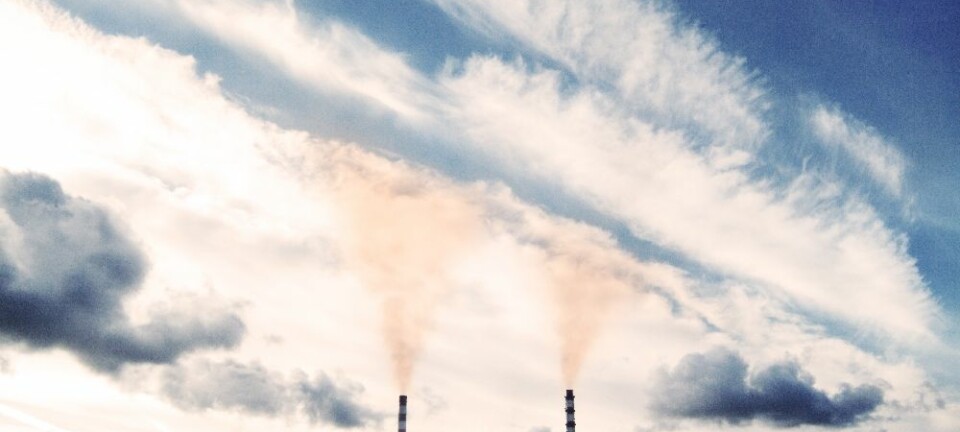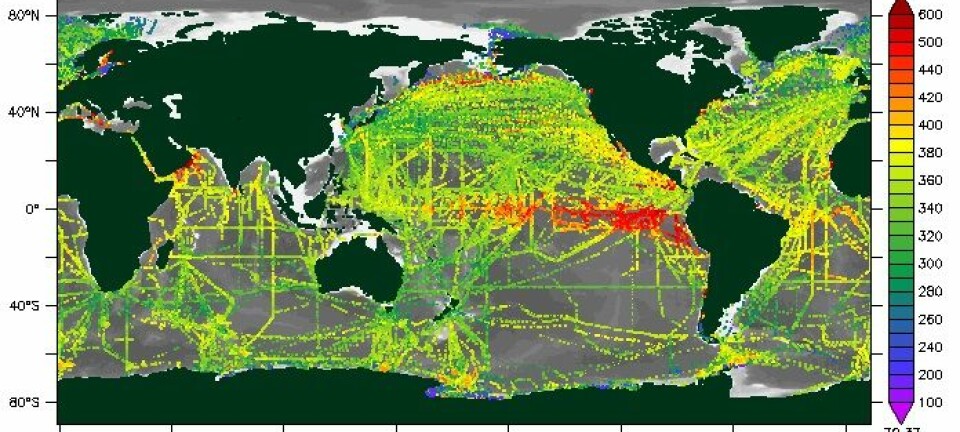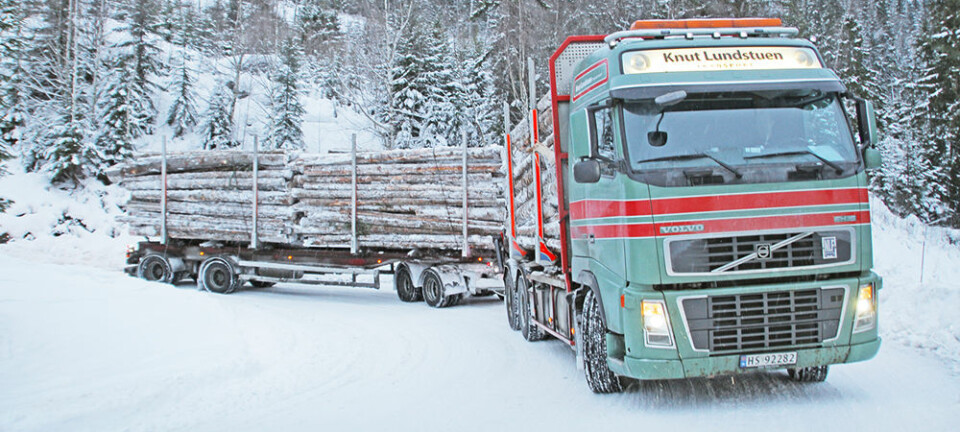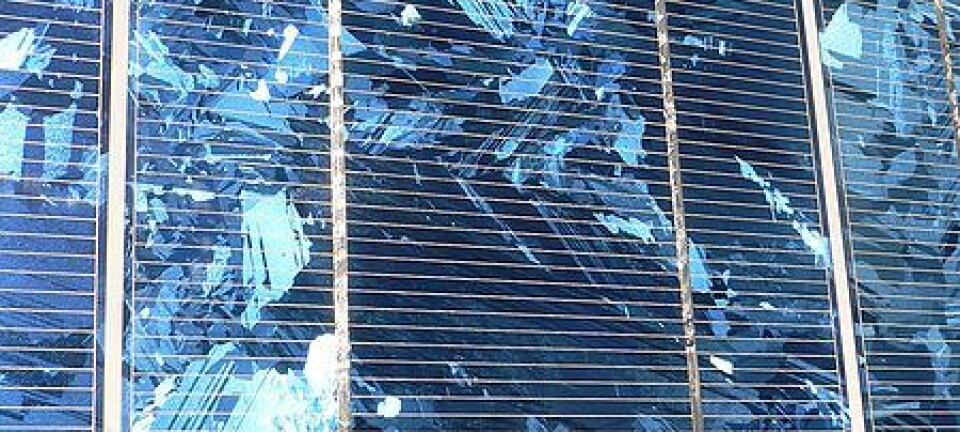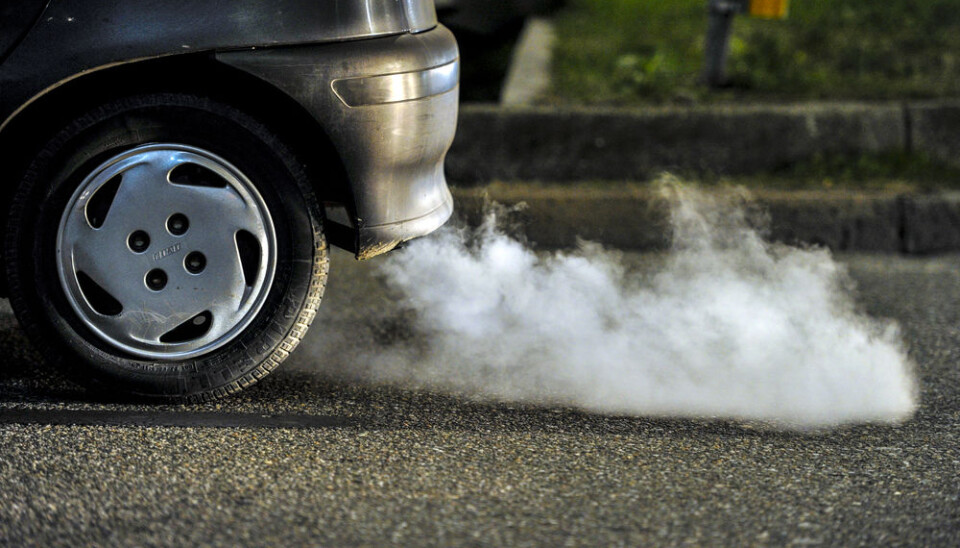
Researchers develop best method yet for turning CO2 into fuel
Danish researchers develops most effective technique to date for turning CO2 into methanol which can be used in fuel cells or to store electricity.
You have undoubtedly heard it before: we emit too much CO2 into the atmosphere, and that affects the climate of our planet.
But what if we could use the berated CO2 for something useful?
In a new research project with Danish participation, researchers have developed a completely new way of turning CO2 into methanol -- which can be used as a climate-friendly fuel, among other things.
"Methanol can be used as a fuel in fuel cells and as an alternative to petrol in our cars," says Ib Chorkendorff, a professor at the Department of Physics at the Technical University of Denmark (DTU). "It’s simply a quite fundamental and useful chemical that we can make from CO2."
He is one of the researchers behind the discovery of a method of recycling wasted CO2.
It's 'state of the art'
What the researchers have discovered is a so-called catalyst that ensures that CO2 combines with hydrogen to form methanol.
A catalyst is a compound that helps a chemical reaction but is left out of the end product -- in this case, the finished product is methanol.
"What they've done is invent a completely new type of catalyst that can turn CO2 into methanol," says Troels Skrydstrup, a professor at Aarhus University's Department of Chemistry. "They have really achieved something that's 'state of the art' -- it's the most effective catalyst to date to do that."
Skrydstrup was not nvolved in the development of the new catalyst but he carries out research in the same field.
Differs greatly from other catalysts
The newly developed catalyst is made up of gallium and nickel and it differs greatly from previous catalysts used to turn CO2 and hydrogen into methanol.
"Catalysts based on copper, zinc and aluminium have been industry standard for the past 60 years," says Chorkendorff. "These catalysts have been improved constantly but there is the general problem that the reaction must take place at a very high pressure. Therefore we wanted to find a completely new type of catalyst that could run at a lower pressure."
He explains that the advantage of producing methanol at a lower pressure is that the process requires less energy which makes it cheaper and easier.
Some energy will always be needed when turning CO2 into methanol but according to Chorkendorff the idea is that this energy will come from wind turbines or solar panels -- so producing methanol can actually serve as a way of storing electricity produced in this climate-friendly way.
A step away from fossil fuels
One of the problems with electricity generated by the sun and the wind is that it's difficult to store.
"We must work towards a society that does not depend on fossil fuels," says Chorkendorff. "At some point in the future, when we have plenty of electricity from solar panels and wind turbines, we’ll have a great need for an effective way of storing the electricity – to ensure that we don’t only have electricity on windy days."
He says that producing methanol could very well be an effective way of storing climate-friendly energy. In other words, the surplus electricity from the sun and the wind can be turned into methanol and used as fuel.
"We don't want to over-sell our technology -- it's not the solution to the energy problems of tomorrow, but it is a brick in the path to being able to store energy sensibly," says Chorkendorff.
Methanol is used in paint and glue
According to Stanford University about 65 million tonnes of methanol are produced worldwide every year.
Rather than being used for storing solar and wind power, methanol is typically used for making paint, glue, and fuel.
The large industrial plants typically produce methanol by first turning natural gas and water into a synthesis gas (syngas) that is made up of CO2, CO (carbon monoxide) and hydrogen.
Then the syngas is turned into methanol under high pressure and with the aid of common catalysts made of copper, zinc and aluminium.
"One of the problems that industry has is that the reaction also creates carbon monoxide," says Chorkendorff. "This is a by-product that should be avoided to get as much methanol as possible. Our catalyst has an advantage here because it produces less carbon monoxide."
A long time before CO2 will be converted effectively
Skrydstrup agrees: "It’s important to find a catalyst that produces as little carbon monoxide as possible. They have actually found a catalyst here that means that less carbon monoxide is formed than was the case previously," he says.
"But there’s still a large production of carbon monoxide so a long time will pass before we have a really good technology," says Skrydstrup.
Both Skrydstrup and Chorkendorff point out that it will be a long time before methanol becomes a serious challenger to and replacement for fossil fuels.
-------------------
Read the full story in Danish on Videnskab.dk
Translated by: Michael de Laine
